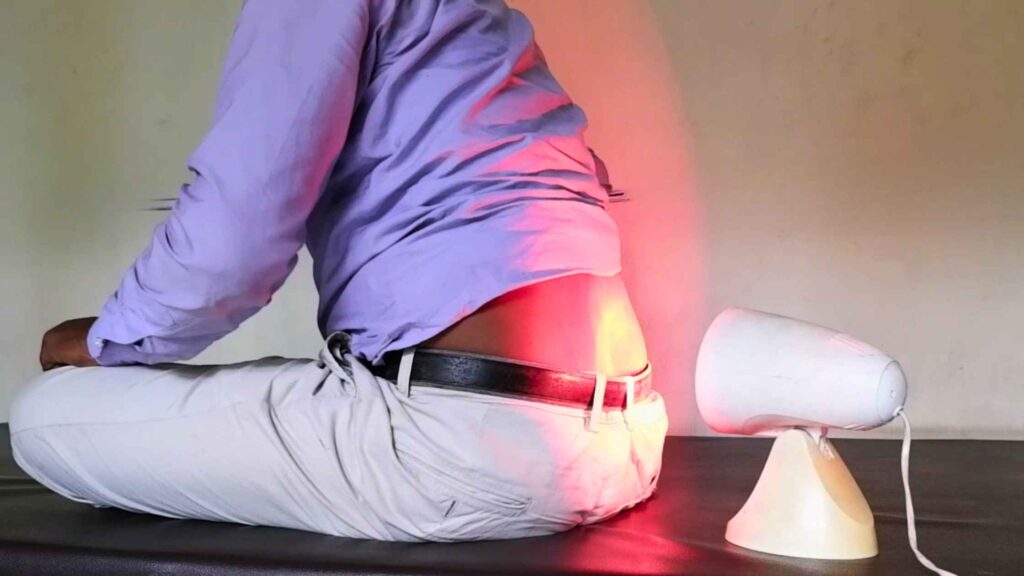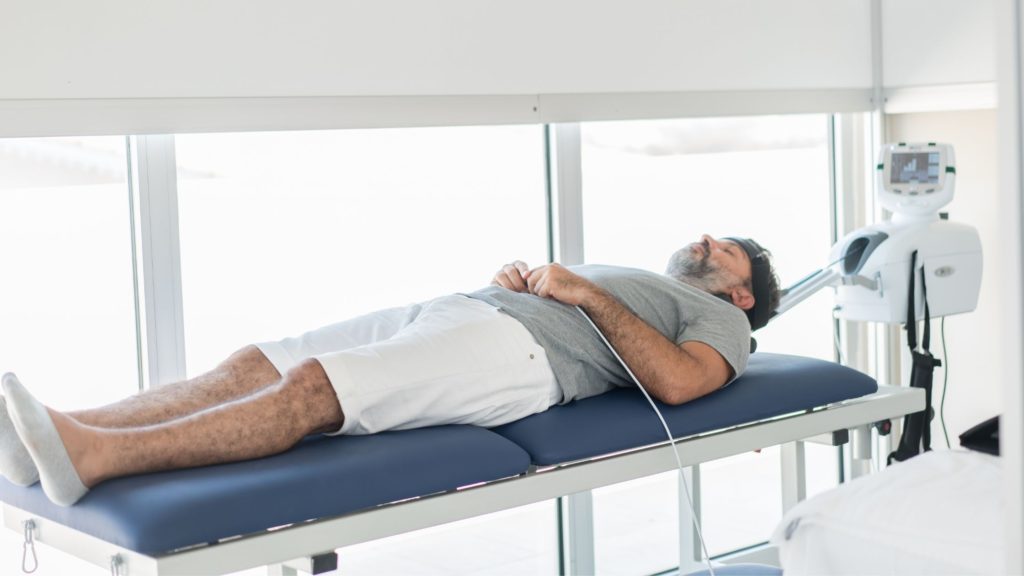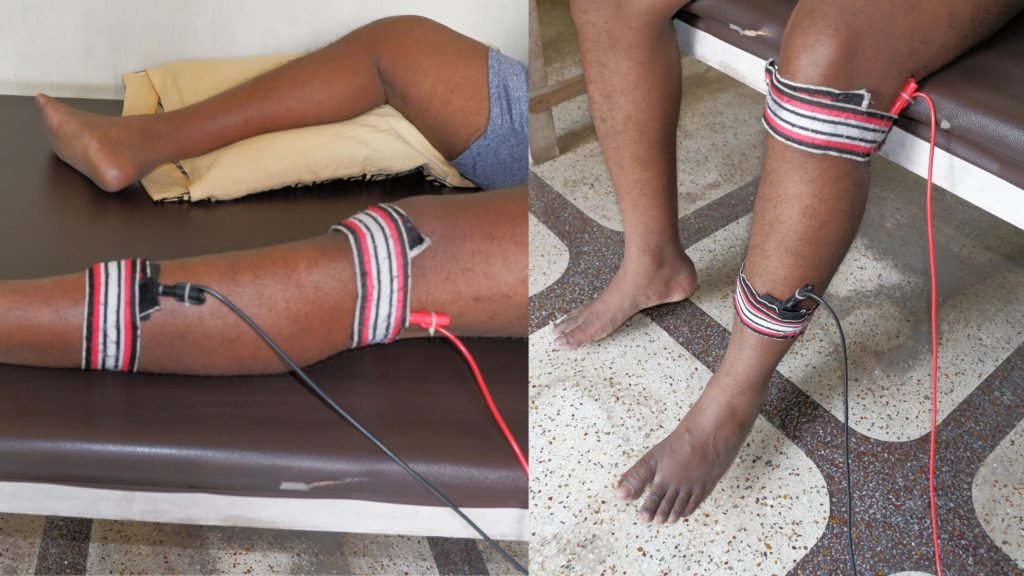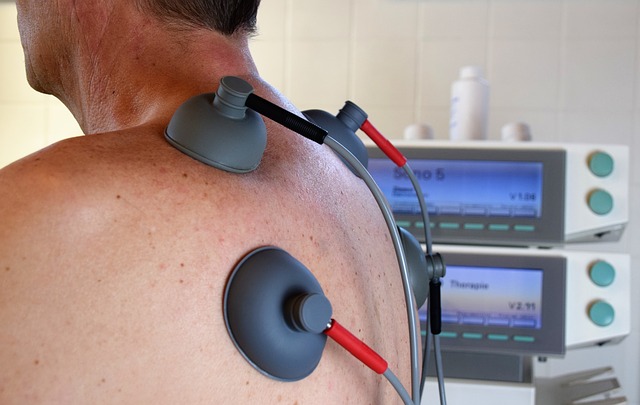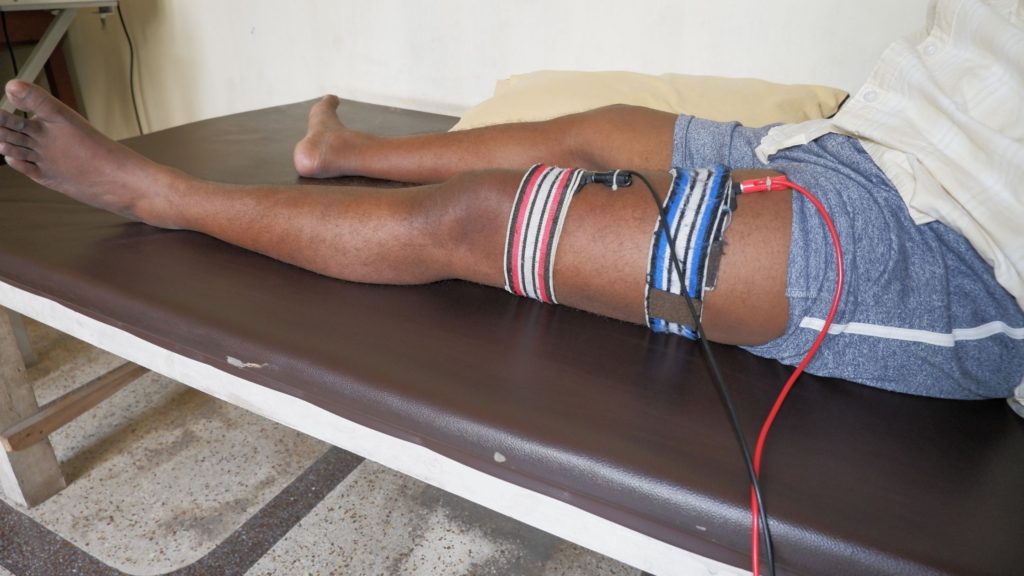Last updated on May 14th, 2025 at 12:10 pm
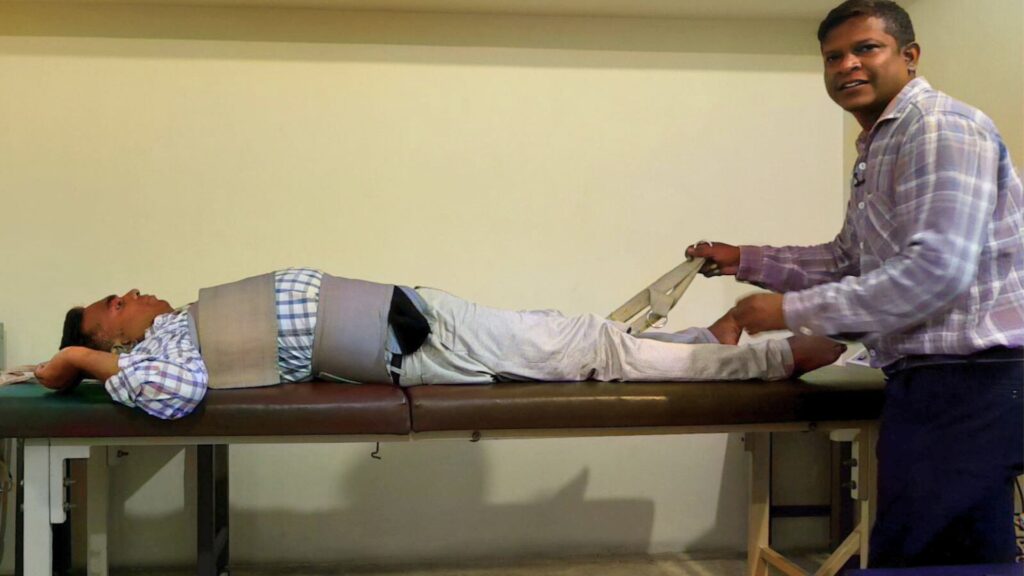
Welcome to our comprehensive guide on traction therapy! In this article, we’ll explore the practical aspects of applying traction, with a special focus on lumbar and cervical applications.
Whether you’re a healthcare professional or someone interested in understanding this therapeutic technique, this guide will walk you through the essential principles and procedures.
Understanding Traction Weight Calculations
One of the most crucial aspects of traction therapy is determining the correct amount of force to apply. The calculation varies depending on whether you’re treating the lower back or neck:
For Lumbar Traction:
- Use one-third of the patient’s body weight
- Example: For an 80 kg patient, apply 25-30 kg of traction force
For Cervical Traction:
- Use one-seventh of the patient’s body weight
- Example: For a 70 kg patient, apply 5-6 kg of traction force
Remember, these are general guidelines. The actual force may need adjustment based on patient comfort and specific conditions.
Applying Lumbar Traction: A Step-by-Step Guide
Lumbar traction is what comes first in my mind when a lumbar disc hernia sufferer visits my clinic. It is effective and research also says so.
In one of the studies, to find the effectiveness of lumbar traction on lumbar disc hernia, researchers conducted a trial on the number of people suffering from disc bulges. They divided them into two groups, one group was given conventional physiotherapy and the other was given motorised lumbar traction1.
Interestingly, the group of sufferers who were given mechanical traction as a treatment intervention showed significantly better improvement in lumbar and leg pain when compared to the other group.
I recommend my patient with prolapsed intervertebral disc in our clinic the lumbar traction and have observed the benefit they report on the very next day.
But, you must know how to properly apply the traction. Here, I am giving a detailed process of its application that we follow in our clinical setup.
Equipment Setup
- Position two main components:
- Chest piece
- Waist piece
Patient Positioning
In my clinical practice, I usually apply lumbar traction in the supine position. However, it can be applied in a prone lying position as well and even in a side-lying position.
One of the research compared the effectiveness of lumbar traction in supine lying vs side-lying. Surprisingly, the group of lumbar disc bulge patients who received traction in side-lying reported significant improvement2. I have never tried this in my practice, you may try and find the differences in improvement.
The process I am going to describe is in the supine lying position. So, follow these steps:
- Arrange the pieces on the table based on anticipated patient positioning
- Place the chest piece in the upper torso region
- Position the waist piece in the lumbar area
- Have the patient lie down in the correct position
Securing the Equipment
- Fasten the chest piece using the Velcro straps
- Secure the waist piece, ensuring it’s slightly tighter to prevent loosening during traction
- Connect both the chest and waist hooks to the traction mechanism
Operating the Traction Machine
- Set the appropriate weight (25-30 kg for a 70 kg patient). You can use an online traction weight calculator for different patient weights.
- Set the timer (typically 10 minutes)
- Configure the intervals:
- Hold time: 40 seconds
- Rest time: 5 seconds
- Engage the traction mechanism
Cervical Traction Application
Cervical traction can be administered in either a sitting or lying position. While some clinics use upward-mounted machines for seated traction, the lying position is equally effective.
Key Steps:
- Position the patient comfortably (pillow optional)
- Place and secure the cervical halter
- Apply appropriate weight (remember the one-seventh rule)
- Monitor patient comfort throughout the procedure
Safety Considerations and Best Practices
- Machine Operation:
- Always monitor the patient during treatment
- Have an assistant present when possible
- Be ready to adjust or stop treatment if needed
- Ending the Treatment:
- Turn off the machine when the session ends
- Wait 30 seconds for tension release
- Slowly release the traction mechanism
- Remove equipment carefully
Additional Applications
While this guide focuses on lumbar and cervical traction, similar principles can be applied to other joints such as ankles and knees, with appropriate modifications for each area.
Conclusion
Traction therapy is a valuable treatment option for various musculoskeletal conditions. Success lies in the proper calculation of forces, careful patient positioning, and constant monitoring of patient comfort.
Remember that while these guidelines provide a framework, each patient’s needs may vary, and professional judgment should always guide treatment decisions.
The author is a physiotherapist who has been practising for the last 17 years. He holds a Bachelor's in Physiotherapy (BPT) from SVNIRTAR (Swami Vivekananda National Institute of Rehabilitation and Research), one of the prestigious physiotherapy schools in India.
Whatever he learns dealing with his patient, he shares it with the world through blogs and e-books. He also owns a YouTube channel, "Sunit Physiotherapist" with over 8 lakh active subscribers. Here, he shares everything he gets to learn serving the patient.
